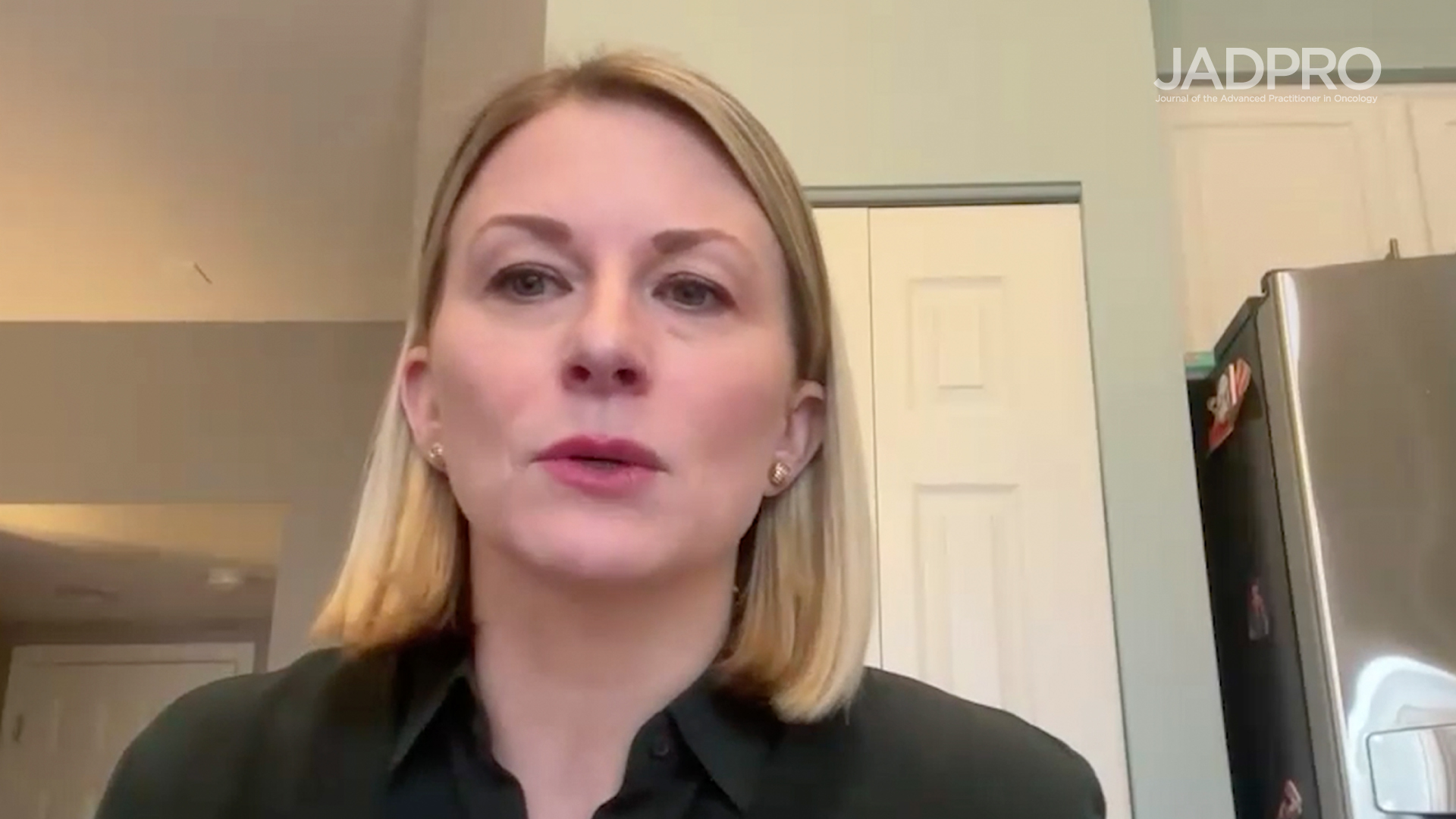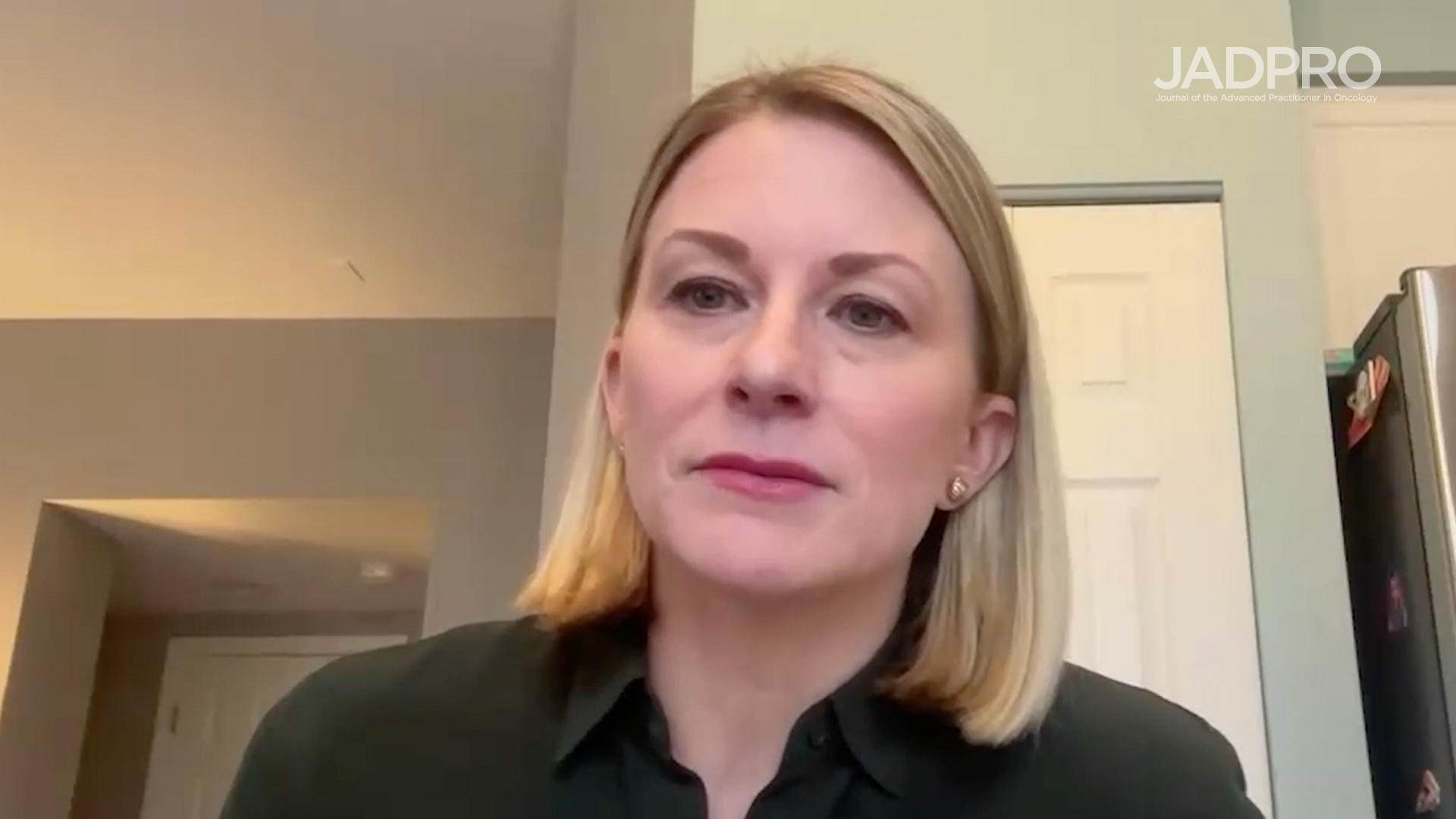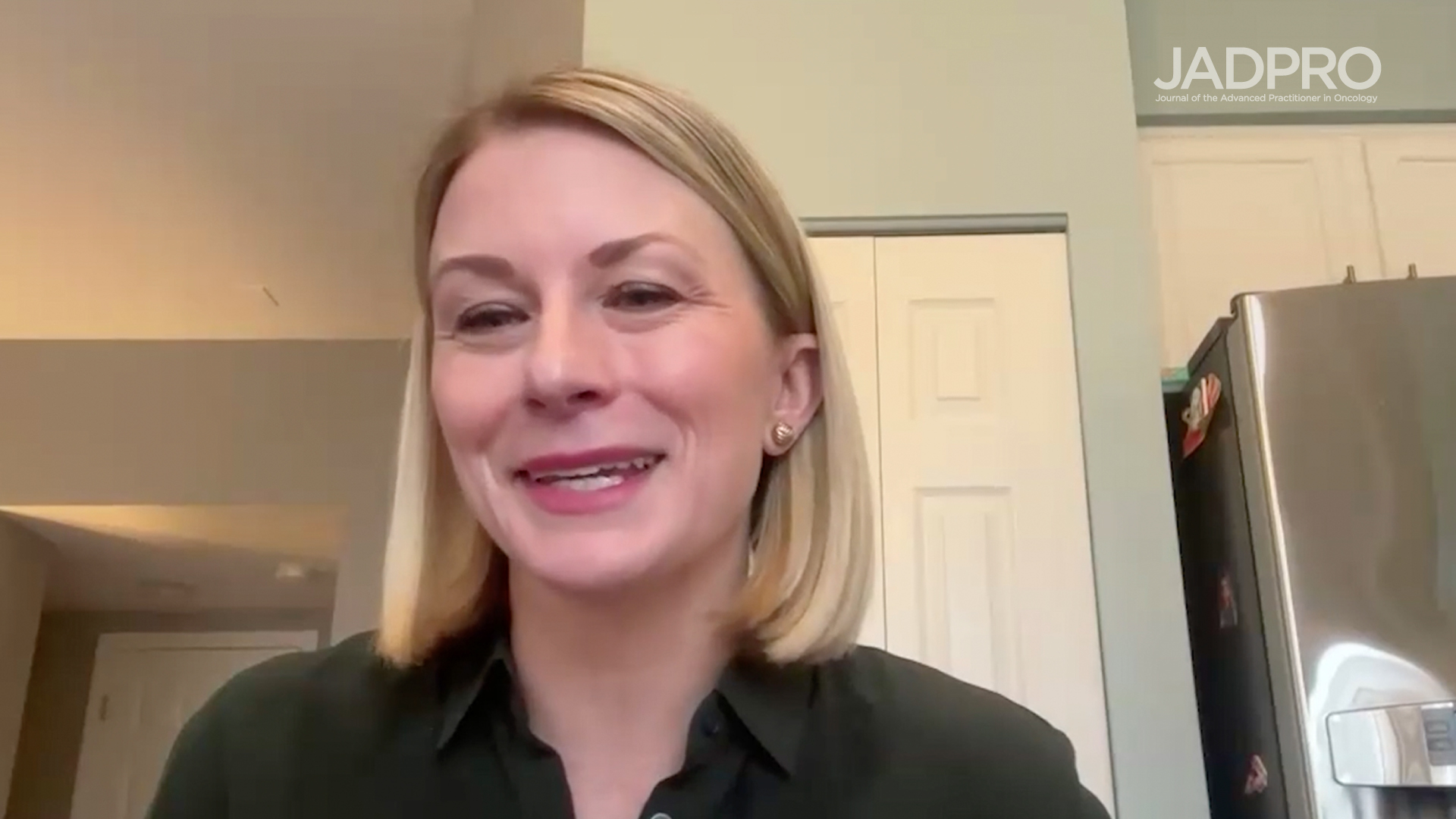Transcript
I'm excited to review an abstract on GVHD that was presented at the ASH Annual Meeting. Dynamics of overall and organ-specific responses to axatilimab in chronic graft-versus-host disease: an analysis of Agave-201. As a reminder, axatilimab is an anti-CSF1R monoclonal antibody targeting monocytes and macrophages that are critical for inflammation and fibrosis in chronic graft-versus-host disease, which we know can be the most impairing and debilitating features of GVHD. This is a unique mode of administration and target. Agave-201 was a Phase II open-label, multi-center randomized trial that studied patients receiving axatilimab with recurrent or refractory chronic graft-versus-host disease, evaluating its safety and efficacy. The primary endpoint was the overall response rate at six cycles. Axatilimab was dosed at 0.3 mg/kg every two weeks, showing good tolerance, robust efficacy, and minimal treatment-related adverse effects. In this abstract, the team assessed the response rates using the NIH consensus clinical score as well as patient-reported outcomes using the modified Lee Symptom Scale. They found that most patients achieved an overall clinical response and/or a greater than 7-point improvement in the MLSS score by day 56. The NIH clinical scores found that the organ systems that responded the fastest were the lower GI, upper GI, esophagus, joints and fascia, and liver, with a median time to response of 1 to 1.9 months. The mouth, lungs, eyes, and skin had a median time to response of two to three months, likely due to more fibrotic manifestations in those areas. Interestingly, patient-reported functional symptom improvement using the MLSS scores was more rapid, seen in the mouth, lungs, and eyes, generally within one to two months. The rapid onset of activity and symptom improvement for both inflammatory systems (e.g., GI) and fibrotic manifestations (e.g., mouth, fascia, skin) was exciting. The team’s presentation of both clinical data and patient-reported outcomes highlights the potential of this new intervention to provide rapid and early clinical benefits. It will be exciting to integrate this into practice and further discuss real-world experiences and evidence at future conferences. This could significantly change the treatment paradigm for chronic graft-versus-host disease, a particularly difficult and challenging population to treat.











